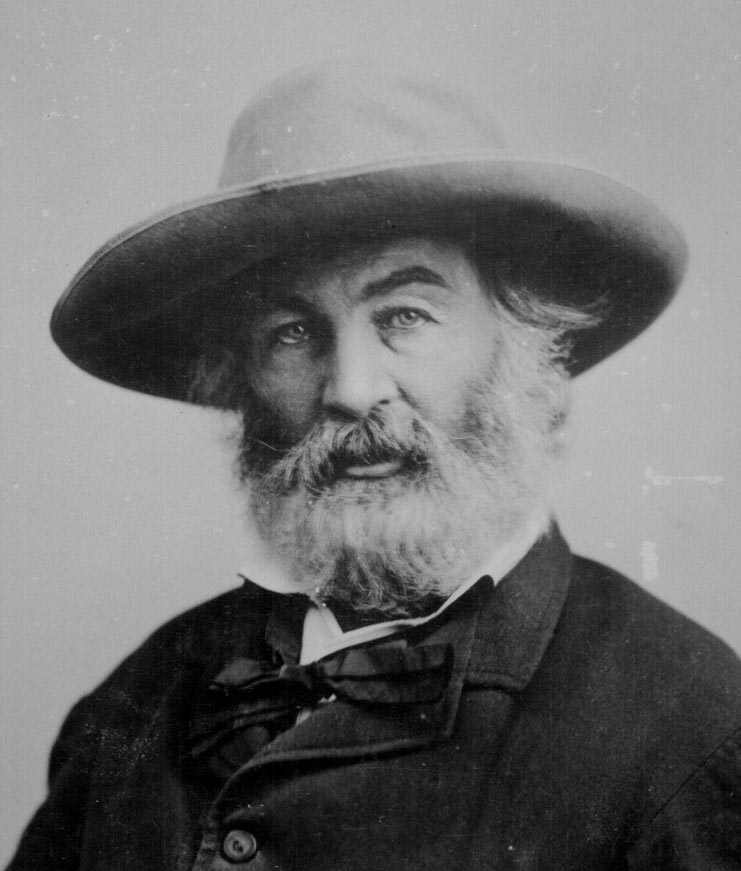 |
| Isaac Asimov |
At the other extreme are those who hesitate to say that anything they write is ever finished. It is for such people that the postscript at the end of letters was invented. Such writers can take years to finish a book, even after they've written the last chapter. They can always find something that can be improved.
I am somewhere in the middle of these two extremes. As a blogger, I tend to quickly forget what I wrote about last week, yet I always have in mind those topics I'm considering for the week ahead. Even so I am often torn by things I have written, especially if I go back and reread them months or years later. There are things I would love to add or take out or simply rewrite in clearer language. And then there are all those typos, so easy to miss when writing is fresh but which seem to jump off the page or the screen months later. Last week, for example, I reread a post from a couple of weeks ago and found I had written two when I meant too. In this case, I actually went back and made the correction. Now it's as if it were correct all along.
 |
| Walt Whitman |
But it gets worse. An article in the winter edition of Fine Books & Collections says Whitman stood behind the printer during the first printing of Leaves of Grass and directed changes throughout the printing of the 795 copies in that edition. "As a result, it is possible that each of the 184 known surviving copies is unique," writes Erin Blakemore. A team of scholars is at work comparing original copies of Whitman's work to determine what differences they can find.
All this makes it impossible to know which is the real Leaves of Grass. Which version should be the one reprinted for today's readers, the last one Whitman approved or one of the originals? Who should decide which is best?
At least with Isaac Asimov there will never be that problem.
No comments:
Post a Comment